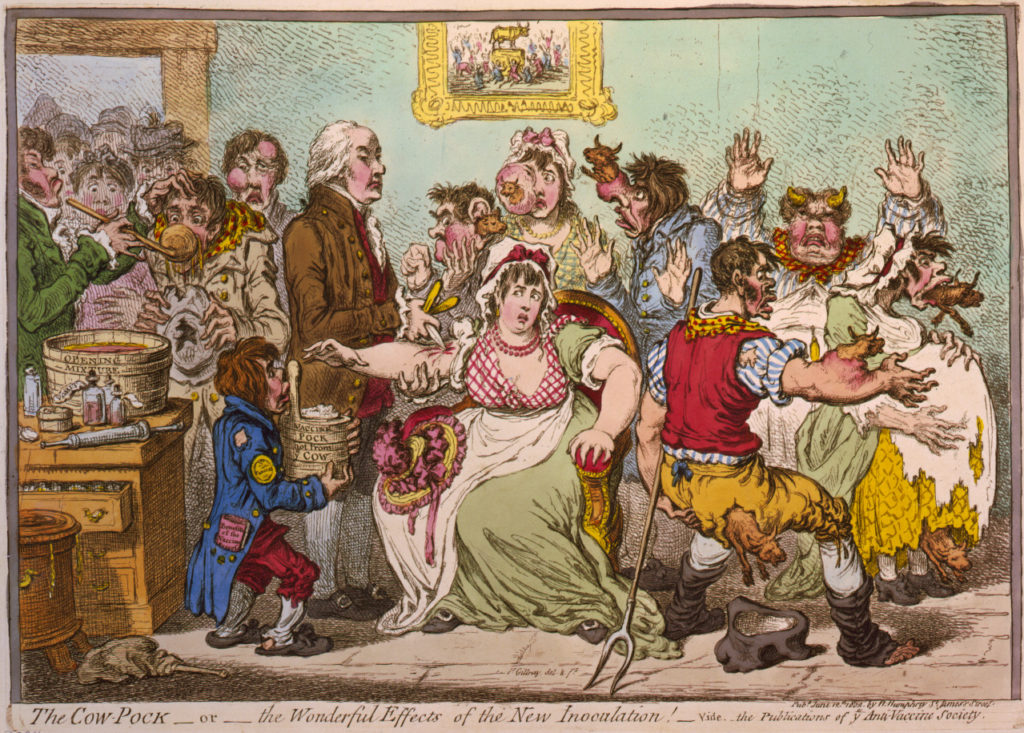Human Lifespan

Very nice story at the NYT on the distribution and diffusion of technologies that have increased the average human lifespan. Steven Johnson interrogates the standard stories of vaccination, pasteurization, and antibiotics, highlighting the progenitors of the “miraculous acts of lone geniuses” and then showing how social, political, and commercial forces interacted in ways that enabled wide diffusion of benefits.
The decade following the initial mass production of antibiotics marked the most extreme moment of life-span inequality globally. In 1950, when life expectancy in India and most of Africa had barely budged from the long ceiling of around 35 years, the average American could expect to live 68 years, while Scandinavians had already crossed the 70-year threshold. But the post-colonial era that followed would be characterized by an extraordinary rate of improvement across most of the developing world. The gap between the West and the rest of the world has been narrowing for the past 50 years, at a rate unheard-of in demographic history. It took Sweden roughly 150 years to reduce childhood mortality rates from 30 percent to under 1 percent. Postwar South Korea pulled off the same feat in just 40 years. India nearly doubled life expectancy in just 70 years; many African nations have done the same, despite the ravages of the AIDS epidemic. In 1951, the life-span gap that separated China and the United States was more than 20 years; now it is just two.
There’s also a good story about the social implications of below-replacement level birthrates around the world.


